Would you like to get information about guarding the basketball better? Are you having trouble locking up your mark? More players realize the importance of defense, and so are we, well, we have known this for quite some time. We know how important it is to be good on the defensive end of the floor and not only show up for offense.
Games today are being greatly affected by defense. The teams that won the last 5 NBA championships were all ranked in the top 10 for defensive rating except the 2018 GSW championship team ranked at 11.
Some of you may find it challenging to improve your defensive game, but don’t worry, we have you covered. In our piece today, we are going to go through 11 things you have to know to lock down your opponents.
 What are the Most Common Types of Defense in Basketball?
What are the Most Common Types of Defense in Basketball?
There are multiple types of defensive styles that different teams adopt from a game to game. Some defensive strategies are more efficient than others, depending on the playing styles of your opponents. Here are some of the main types of defense played in the NBA and around the world.
Rotating Zone
The rotating zone is a type of zone defense derived from the standard 2-3 zone that features two players at the top of the key, two guarding the wing and one in the center of the key. The rotating zone is so-called because the players rotate positions while they are playing the defense.
The rotation of the players allows them to not only guard the zones that they are responsible for, but they can also stay closer to all the players on the opposing team.The rotating zone is primarily used by coaches to offer additional paint protection and reduce the number of open shots that the opposing team takes.
Advantages:
Rebounding
The rotating zone can improve a team’s rebounding numbers. While playing in the rotating zone, players are concerned about protecting the paint in addition to guarding players within a specific zone. Because players are watching the key, this often places them closer to the rim than if they were playing man-to-man defense. This proximity to the rim, often leads to increased rebounds.
Dribble Penetration
The rotating zone, like most of its counterparts is useful when trying to contain dribble penetration because it makes it easier to play help defense. While playing the rotating zone, players are often closer to each other than they would be if they were playing man-to-man, so providing additional coverage on a ball handler becomes easier. In addition to slowing down dribble penetration, the rotating zone can also reduce passes into the key to post players.
Contested Shots
While playing the rotating zone, players are expected to not only play defense within the zone they are assigned, but they are also expected to rotate to other zones about their marks go into.
The overall aim of the rotating zone is to stay close to players while guarding specific zones, but defenders are not restricted to one zone. Because the defenders are expected to rotate they’ll reduce the number of open shots opponents will take.
Low percentage shots
Like most other zones, the rotating zone forces opponents to take shots further away from the rim than man to man defense. In some instances, when players are playing in the rotating zone, they may compress to prevent dribble penetration, and then the only available shorts to the opponents will be those from long distance.
Disadvantages:
Picks
Players that play the rotating zone are expected to rotate from zone to zone, so this leaves them vulnerable to off-the-ball picks. If the opposing team is willing and able to set good off the ball picks, they can create holes in the rotating zone, which will result in open shots.
To prevent this from happening repeatedly, coaches will need it to teach their players how to cover each other while playing the rotating zone. If players are able to adequately cover each other, picks may not be as efficient as the opponents need them to be.
Mismatches
To effectively play the rotating zone, teams will need to put players on the court that can switch multiple positions on defense. Because players are expected to sometimes rotate from zone to zone while playing this type of defense, it is important that those players can play defense at multiple areas on the court.
Opponents will take advantage of players that rotate to zones that they can’t efficiently cover. For example, if a big man cheats to cover a player in a zone on the perimeter but cannot keep up with that player, this could prove very disadvantages to the defense.
Man to Man
Man to man defense is one of the most common types of defense played around the world. The man to man is basically one player being assigned to guarding another player on defense without much help from teammates.
One player is responsible for guarding one player. There are many variations of the man to man defense. Let’s look at some of them now. The man to man defense can be played in the full court or half-court situations.
Full Court Man-to-Man
The full-court man-to-man is primarily used as a means to pressure the ball-handler to get the ball out of their hands while making passes difficult. It is also used to set up trap situations for double teams. Full court man to man defense is good at creating turnovers when executed properly.
If a team has excellent on-ball defenders, it is good for them to use full-court man-to-man defense to force the opponent’s ball handler to make passes, which can be easily picked off. There are many variations of the man to man full-court defense, and some require that players guard the passing lane and also their mark so that they can easily pick off passes.
Advantage:
Tempo
Full court man-to-man defense is employed by many coaches to slow down guards that are really good in the half-court. Full court man-to-man defense often pushes the ball out of the primary ball handler’s hand into the hand of less capable ball handlers. The player responsible for guarding the primary ball-handler is now tasked with the primary job of making sure that the ball does not get back into his hands.
Disadvantages:
Mismatches
If the full court man-to-man defense is used against teams with multiple ball-handlers, it will not work efficiently. If a team has excellent ball handlers on the court that can handle the ball through the full-court press, they can easily break down the defense by spreading the floor and taking advantage of the one-on-one situations created.
Rebounding
If a team does not have a dominant rebounder or rebounders when they play the full-court man-to-man defense, they may experience reduced rebounding numbers. The full-court man-to-man defense pulls defensive team away from the rim in most cases, and this will make it more difficult for defensive rebounds to be obtained. Some variations of the full court man-to-man defense keeps at least one player closer to the rim regardless of where his mark is. This helps with rebounding.
Burnout
Another disadvantage of playing the man-to-man full-court defense is that the burnout aspect. Players chasing their opponents for the entire court’s entire length on defense will tire easier than playing other types of defenses. Coaches may have to tinker with their lineups to facilitate fresh legs being on the court.
Half-court Man-to-Man
Half-court man-to-man defense is the most common type of defense played in the US and the international level. The half-court defense is similar in some ways to the full court man-to-man defense but not all. The half-court defense is often used so that coaches can put their best defenders on ball handlers and also reduce the number of open shots that teams get.
Advantages:
Steals
Half-court man to man defense is especially good if you have great on-ball defenders defending against a not-so-great ball handler. This type of defense is often used to force the ball out of ball handlers’ hands into other players’ hands and set them up for turnovers.
Passes
The half-court man-to-man defense often allows players to shoot the passing lane for steals. If ball handlers venture too far into corners they can also be trapped, and this is another opportunity for steals. When you have good on-ball defenders in your half-court man-to-man defense, your opponents are often forced to make difficult passes or passes over long distances.
Tired Opponents
Due to the pressure created by man to man defense, opponents that want to be effective cannot rest while playing offense. To beat the man-to-man defense, teams need to set picks and run a variety of plays in order to score consistently.
Have you ever heard your coaches say work hard on defense and rest on offense? Well, the constant movement by the offense means that they’re not able to rest as much as they would be able to if they were playing against a zone defense.
Disadvantages:
Dribble Penetration
The half-court man to man defense is one that gives up a lot of baskets if you do not have great on-ball defenders. This problem is even more emphasized if the opposing team has a great ball-handler that can easily get into the lane. Coaches will then need to strategize and get double teams on great dribblers in order to prevent dribble penetration, and this always leaves other players open.
Picks
This type of defense is easily disrupted by on and off the ball picks. Many NBA teams employ pick-and-roll. If your team does not communicate effectively and respond promptly to picks, they will be destroyed by pick and roll or pick and pop plays.
Mismatches
In half-court man-to-man defense, the offensive team usually has time to set up plays and often try to exploit the weakest link in your defensive chain. If your team has a really poor player on defense, your opponents with ultimately try to create matchups with this player and force him to defend.
This problem in the man to man defense is that coaches are constantly battling because many times, you find great offensive players who either do not show enough effort on defense or do not have the defensive skills to stop anyone.
 Basic zone 3-2
Basic zone 3-2
This type of defense is one that divides the court into five zones, and one player is responsible for guarding each zone. The key is considered a zone, and the two areas below the free-throw line on either side of the key are two other zones.
The area above the free throw line extended is then divided into two other zones down the middle. Each player is responsible for the opponents that enter their zone, and in some situations, if there is an overload, players may be expected to venture into other zones to help.
Advantages:
Mid-range protection
The 3-2 zone is primarily used to stop open mid-range shots and prevent easy layups at the rim. Players playing in the zone are usually within the three-point arc so they can contest mid-range shooters and disrupt cutters that are trying to get to the rim.
Low Percentage Shots
The 3-2 zone is often used to force the offense to take long shots because the key area is challenging to get to. If the offensive team does not have effective long-range shooters and cannot break down the zone, they will have a difficult time scoring the basketball.
Traps
3-2 zone is also used to trap ball handlers if they find themselves in the court’s corners. The players that are playing on that side of the court can double team the ball handler and get steals or obstruct passes out of the double team. If you are playing against a 3-2 zone, they will try to force the ball to a side of the court and then attempt to trap, so try to do the opposite and remain in the court’s center as much as possible.
Dribble Penetration
While playing in this zone formation, dribble penetration is often reduced. This zone formation is designed so that at least two defenders are always between the rim and the ball-handler.
Disadvantages:
Threes
The 3-2 zone defense is one that gives up a lot of trees, especially from the elbows. If the opponents spread the court and rotate the ball quickly, they will find themselves with a lot of open three-point opportunities. Coaches playing against teams that employ this type of defense, should populate the court with as many shooters as they can to shoot over the zone.
Overloads
One effective way to beat the zone defense is overloading one side of the court. It is an effective way to pass around the players in their zones and get to the rim if they are slow. Teams often overload one side of the court to overwhelm the zone defenders. When one side of the court is overloaded, passing becomes easier, and it is easier for players to get open for shots or to get to the rim.
One-three-One
The 1-3-1 defense is a type of defense used by teams that want to pack the key while putting up a challenge at the 3-point line as well. This defense is primarily used to prevent dribble penetration, and it can also be used to contest open shots taken on the wings and at the top of the key.
The 1-3-1 defense is often used to force teams to take long shots, so it is best to be implemented against teams with poor shooters. The 1-3-1 plugs the paint and offers adequate mid-range protection, so teams will often find that they’re open from long distance.
Advantages:
Protects the Key
This defensive tactic is extremely good when attempting to protect the paint. The 1-3-1 defense places two players in a line in the paint and another one that just above it. It would be very difficult for dribble penetration to occur from the top of the key. There are also two wings on the sides that protect from dribble penetration as well.
Low Percentage Shots
Another advantage of using the 1-3-1 defense is that it forces non-shooting teams to take shots. Some teams try to bring this down with great ball handlers that can pass the ball when they are double-teamed.
Disadvantage:
Threes
Unfortunately, the 1-3-1 defense gives up a lot of corners threes, so it is not advisable to use it against teams that can make these shots. With one player at the top of the key and three players directly behind them and another under the rim, there really isn’t a lot of coverage for the corners.
2-1-2 Full Court Press
The 2-1-2 full-court press is one of the most commonly used full-court pressure types of defense. Two players operate in the opponent’s half to pressure the ball while one player is stationed around half court to provide traps and intercept passes. The final two players stay in the frontcourt to protect the rim and intercept passes.
Advantages:
Post Protect
The 2-1-2 is primarily used to apply pressure to the ball to create turnovers and contain low-post players. When using the 2-1-2, post players don’t get the ball easily in the post.
Turnovers
The 2-1-2 full-court defense is great for creating turnovers. Because two to three players are applying pressure to the ball immediately as it is inbounded, dribbling out of the situation and making passes may be difficult if you don’t have a great ball-handler.
Disadvantages:
Risky
The 2-1-2 defense is a type of defense that stretches your players all over the court, so it is a big gamble that does not always pay off. If the ball handler beats the initial press before midcourt, your team will be at a numerical disadvantage for the rest of the possession, and the opposing team will find easy open shots.
Tired Players
When using the 2-1-2 your players may become tired quite easily as they have to run just as hard as their opponents to keep up with them to make the defense work.
 How Do You Improve Defensive Footwork in Basketball?
How Do You Improve Defensive Footwork in Basketball?
Footwork is an integral part of playing defense in basketball. Remember to practice defensive footwork drills. There are a variety of things that you need to do to improve your footwork.
Work out your legs
First of all, to play basketball you need strong legs. You can look at various workouts in the gym to increase your legs’ strength so that it is easier for you to work on moving them properly.
Agility Drills
Your agility is quite essential when playing defense. Footwork goes hand-in-hand with agility while playing defense. You should do agility drills and training exercises to improve your agility so that you can move your feet in an agile manner to keep up with your opponents.
Practice
Practice with your teammates and your coach. Whatever you learn in training and whatever you practice will be the things you do in games. After your coach shows you different footwork techniques and puts you through various drills, it is essential that you practice them with your teammates and your coach present to master them before you play games.
 11 Must-Knows Basketball Defense Drills to Lock Down Opponents
11 Must-Knows Basketball Defense Drills to Lock Down Opponents
Basketball Defensive Drills for Beginners
1. Defensive Slides (palms up)
Defensive slides are great for players at all stages of the game. Work on your defensive slides with your palms facing upwards to learn how to play defense without reaching from an early stage.
2. Fire Drill
Fire drills are useful in strength building. Fire drills help you to work on your agility and the strength of your legs.
3. Closeout, Slide, and Backpedal Drill.
Playing defense around the edge of the key is a very useful drill for players to work on different aspects of individual defense. Here is a video showing you how you can practice playing defense around the key. These are also good basketball drills for kids.
4. Cone Hurdles
Cone hurdling is a good exercise to help you with your agility and the strength of your legs. You can do cone hurdling on your own, so you do not have to wait on your teammates.
Basketball Defensive Drills for Players
5. Defensive Slides with Runs
Defensive slides can be paired with runs, so players react faster to the dynamic movements of their opponents. Here is a video showing defensive slides and the runs along with cone hurdles.
6. One v One Perimeter Closeout Drill (closeouts)
Passing exercises are good when working with your teammates. You can pass the ball to your teammate while standing on the baseline when they are at the top of the key or the three-point line. After you pass the ball to your teammate, rush to closeout and try to play defense before they score the basket.
7. Uneven Scrimmages
Scrimmages with uneven numbers are good to help with transition defense. In most cases, when you are in a game and have to play transition defense, you are outnumbered by the offensive team, so you need to practice these scenarios with your teammates.
8. Full Court One v One
Full-court one-on-one drills are useful to prepare you for full-court press defense in games. When playing full-court one-on-one with your teammates, try your very best to steal the ball or keep them behind the half-court line. This is a great basketball transition defense drill.
Basketball Defensive Drills for Coaches
9. Ball Compass Fire Drill
This type of fire drill is of a high intensity that promotes agility, strength, and quick reactions. Try to use this with beginner players as much as you can to improve their defensive versatility.
Here is a video that shows examples of ball compass fire drills.
10. Tennis Ball Run and Catch
11. Tennis Ball Squat and Catch
Tennis ball catches are great reaction drills that can improve your player’s ability to steal the ball. Here is a video with tennis ball defensive drills.
Wrapping Things Up: Basketball Defensive Drills
There are many different popular types of defenses utilized in basketball today, and there are many defensive drills that can help players operate effectively in these defensive systems. As players, we should work on our defense to contribute to the defense of the team in games.
Did you find this helpful? Then also check out other basketball FAQ articles here.
> Basketball Defensive Stance: What is It and How to Get Into It?
> Guarding in Basketball: Tips to Good Lockdown Defense
Want to get better at basketball?
Join our newsletter & get our comprehensive
101-page basketball guide.
Become a better baller today 👇


 What are the Most Common Types of Defense in Basketball?
What are the Most Common Types of Defense in Basketball?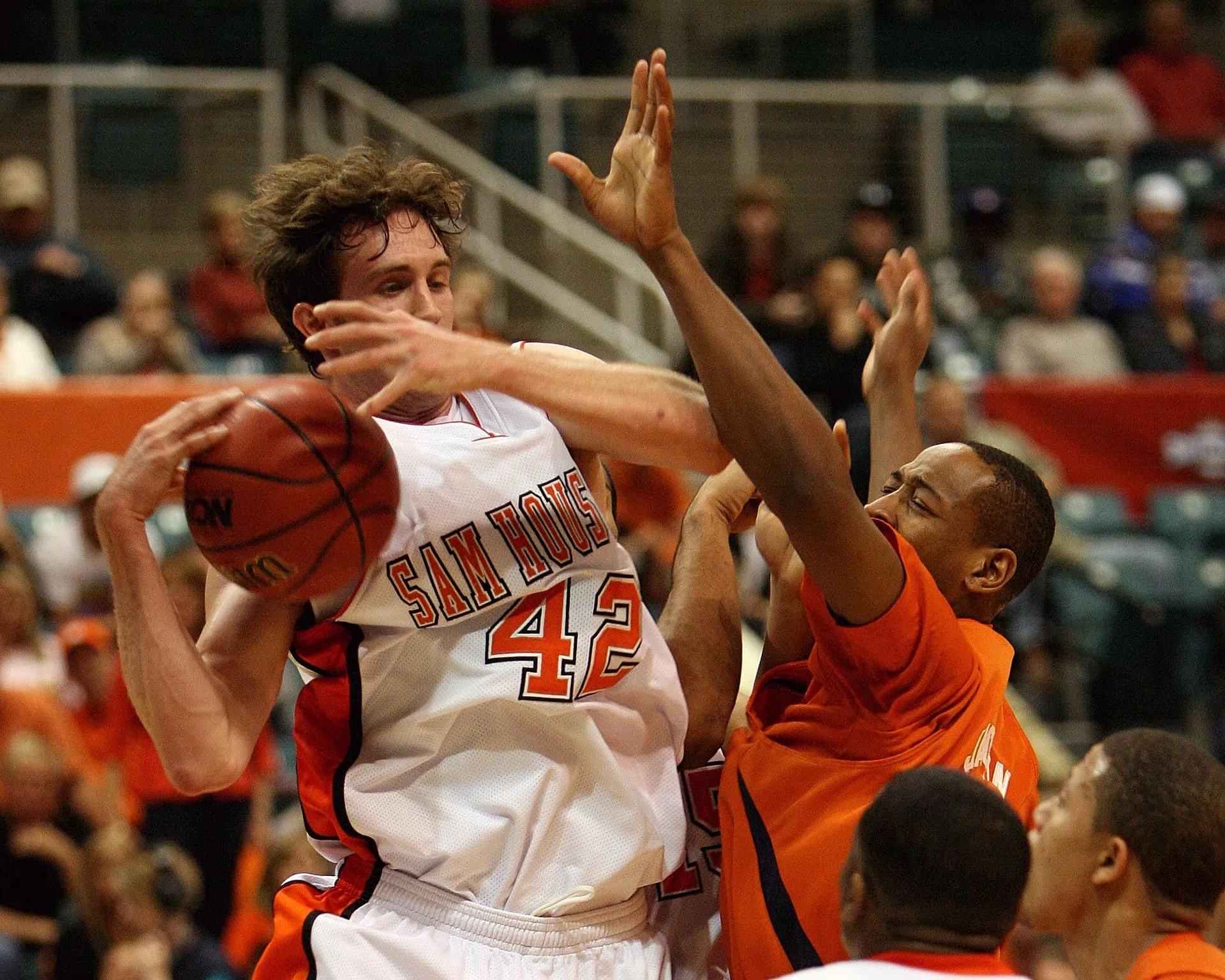
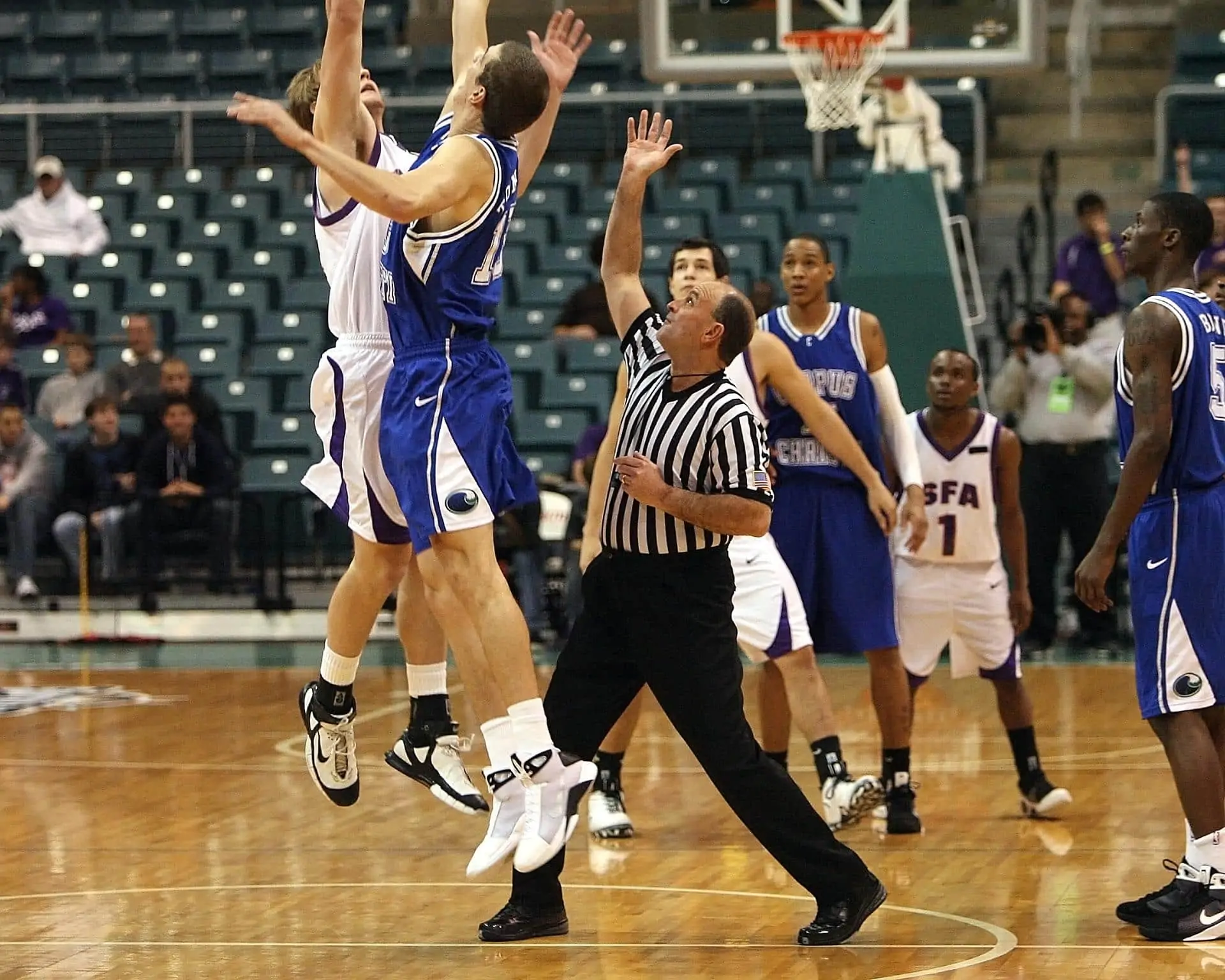
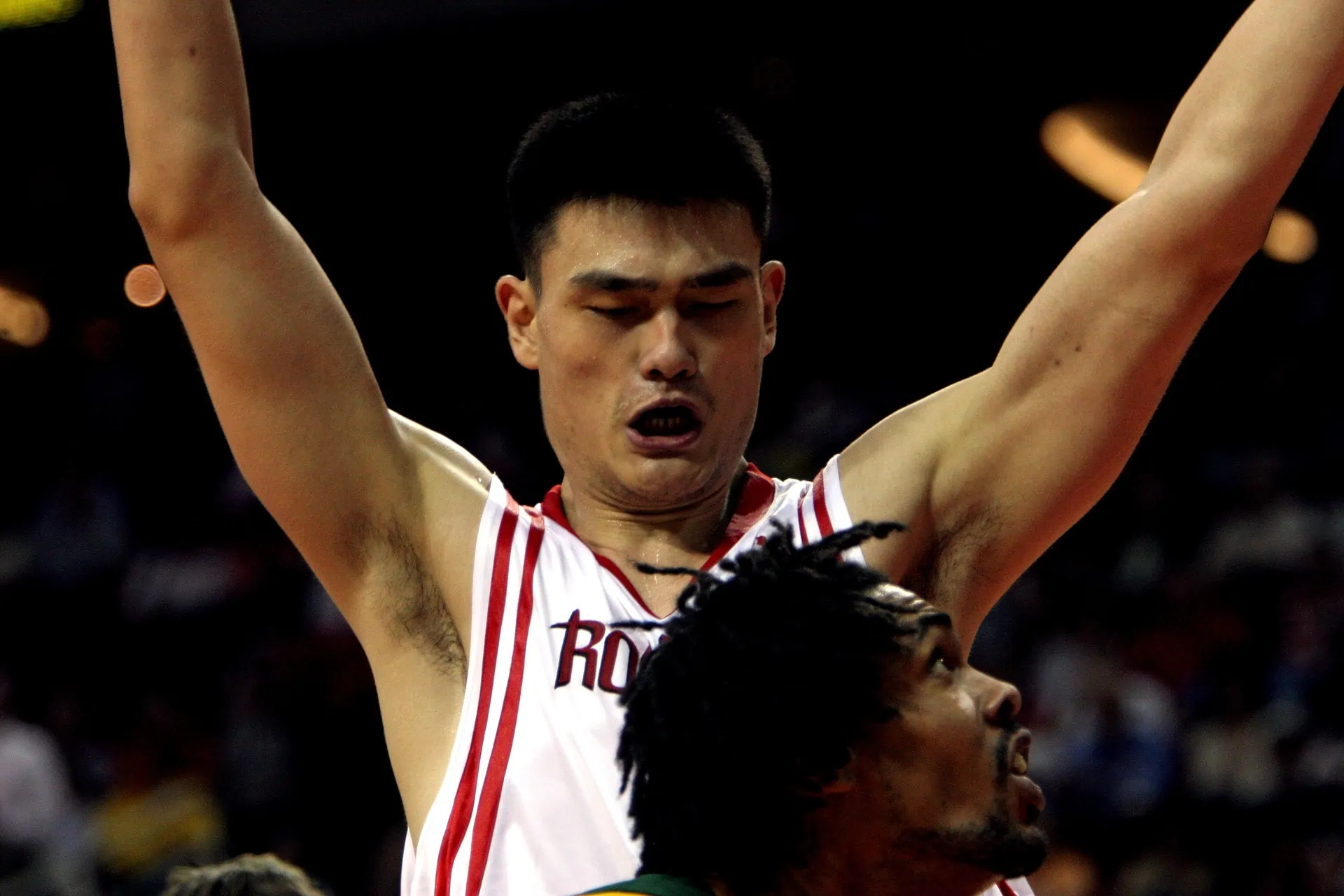
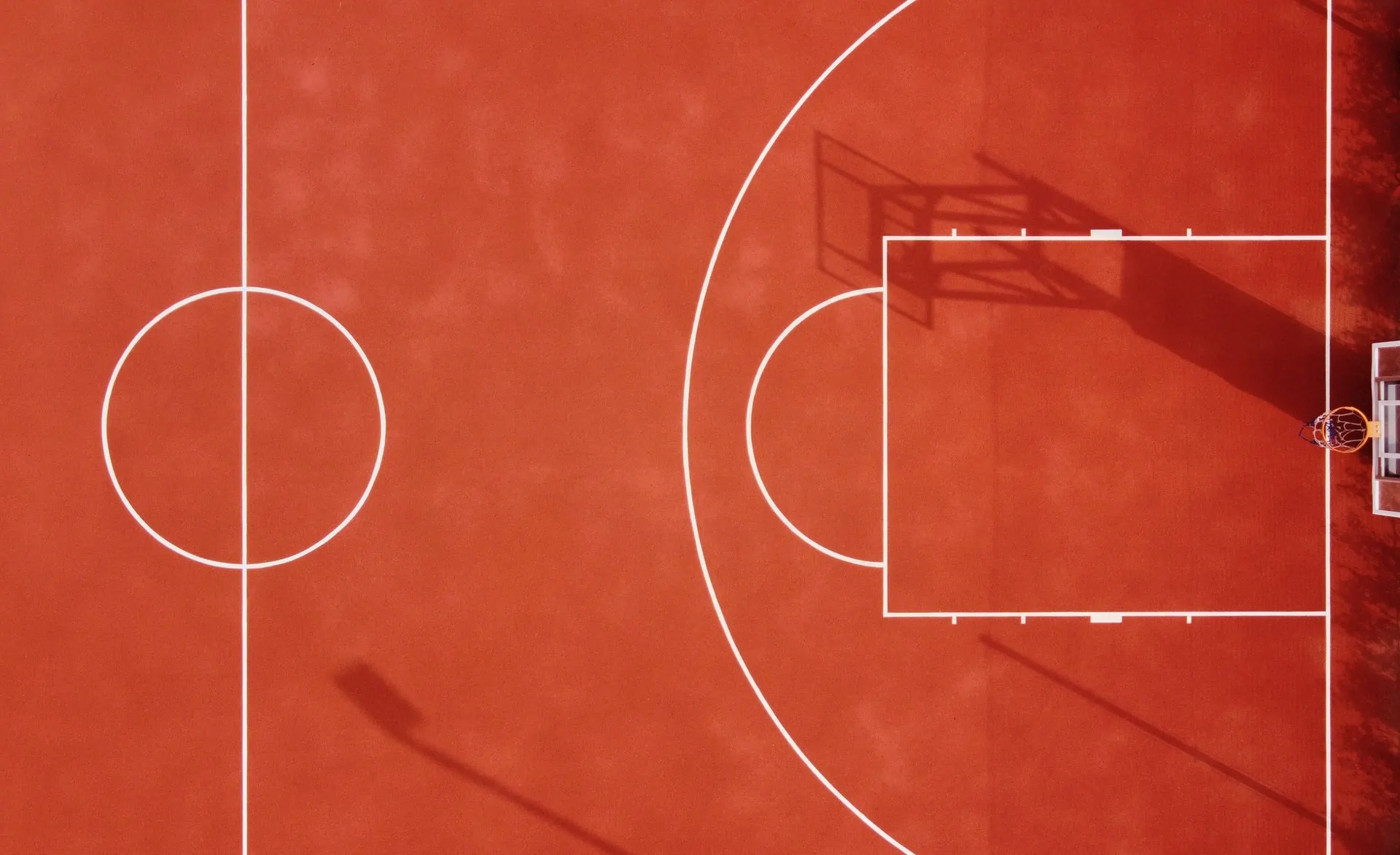 Basic zone 3-2
Basic zone 3-2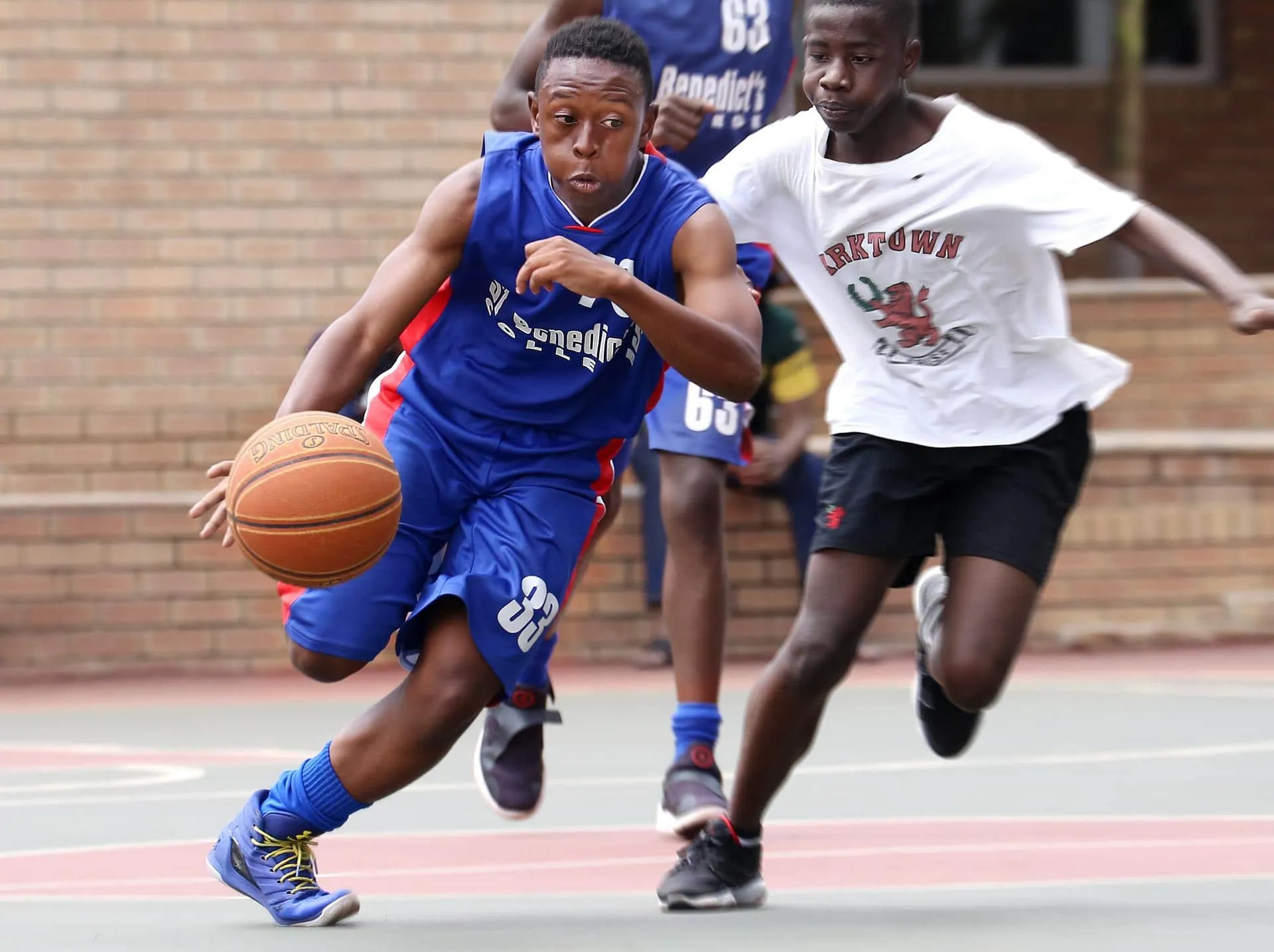
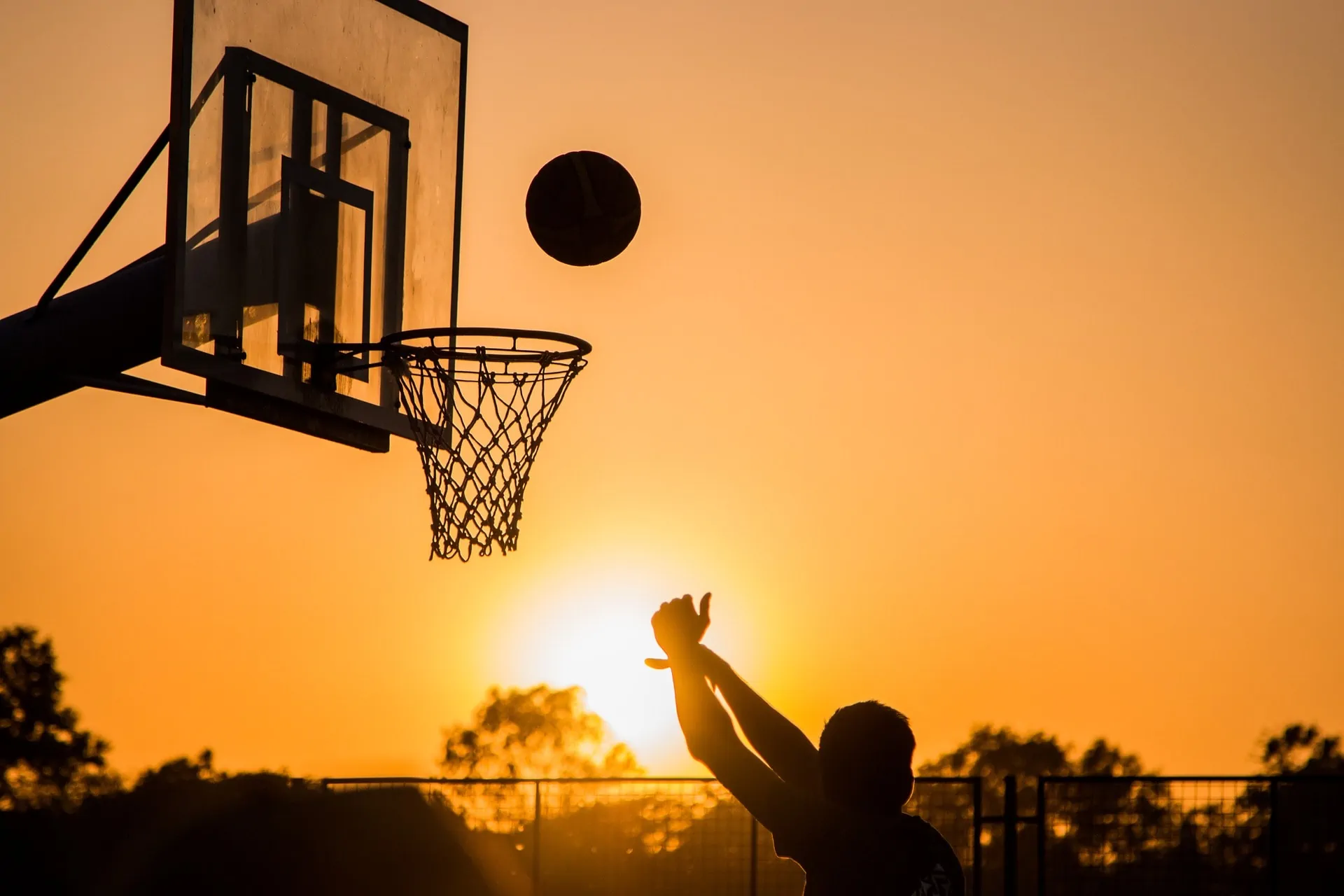
 How Do You Improve Defensive Footwork in Basketball?
How Do You Improve Defensive Footwork in Basketball?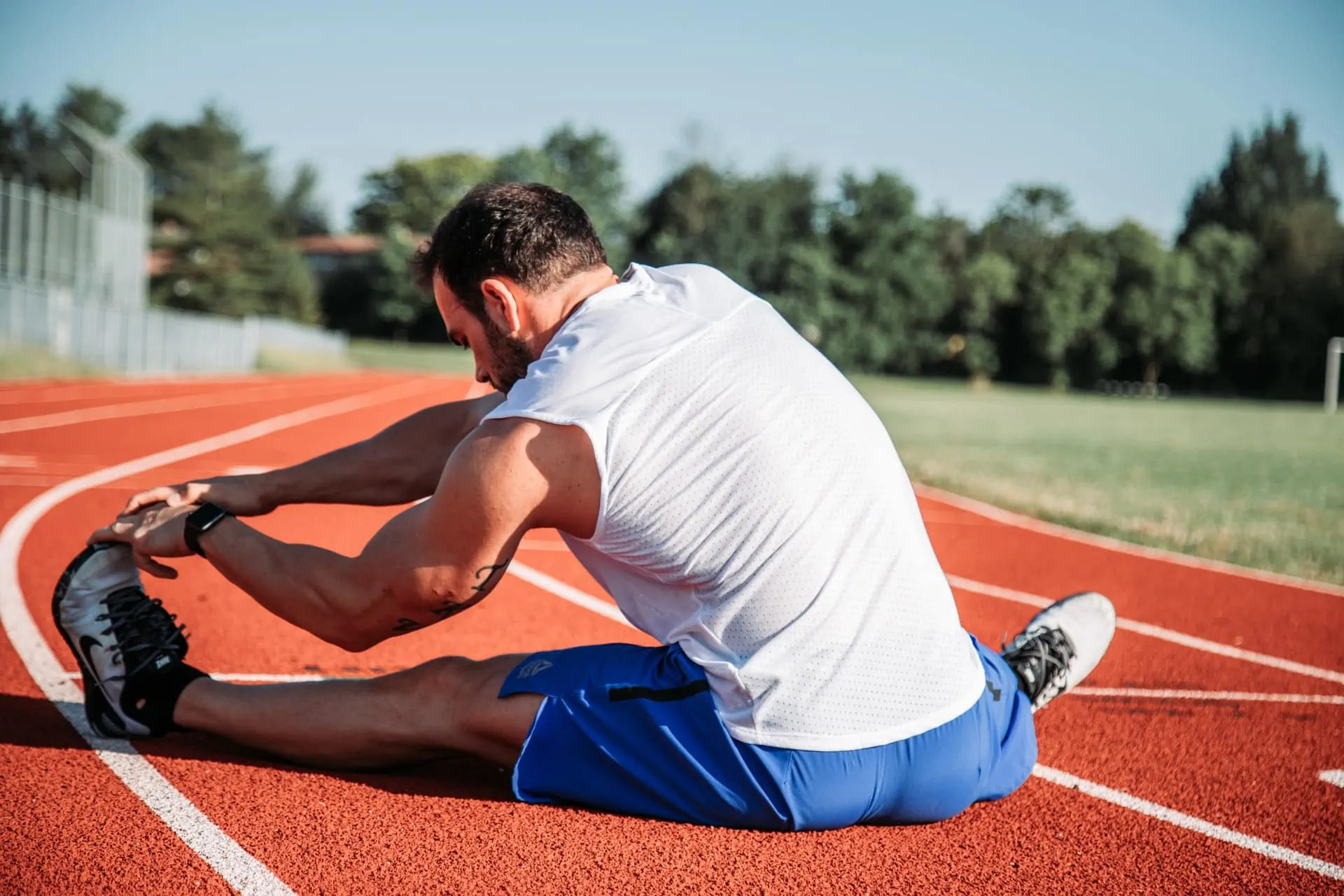
 11 Must-Knows Basketball Defense Drills to Lock Down Opponents
11 Must-Knows Basketball Defense Drills to Lock Down Opponents

